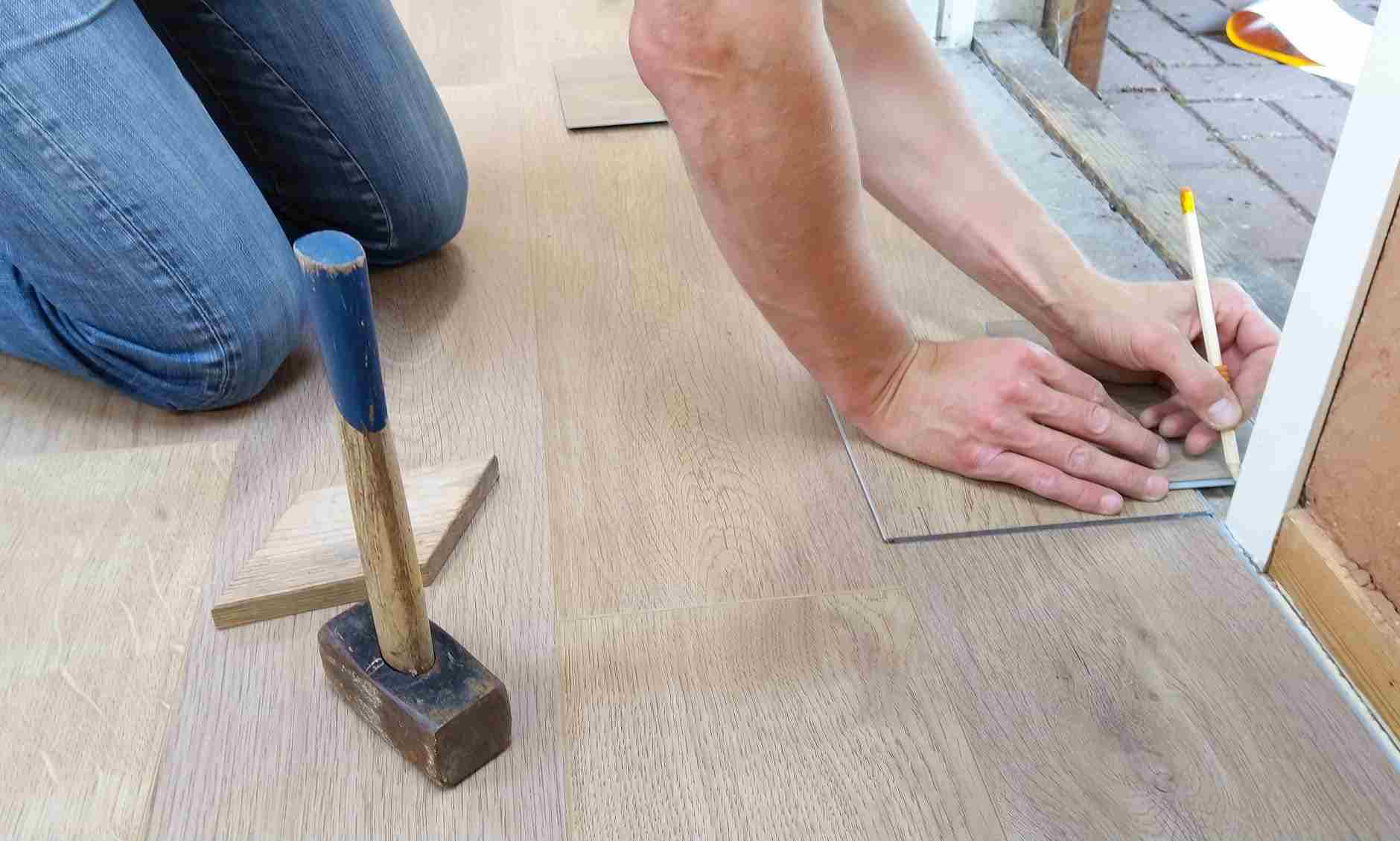Flooring options for schools are tricky because they have many different environments, including classrooms, auditoriums, gyms and hallways. Each room has a specific purpose, and almost all see high foot traffic. Thus, choosing the flooring for each area is crucial but can become complicated and difficult. And don’t forget about comfort, ease of maintenance and safety. Confused? Don’t be. Read this blog post to learn about the factors to consider when choosing flooring for schools.
School Flooring Types: A Complete Guide
Factors to Consider When Choosing School Flooring
Before we examine the best flooring options, we should learn about the criteria to select them. Have a look.
1) Durability
Flooring, whatever you choose, should offer value for money. There is no point in spending a lot of money on flooring that won’t withstand even one semester of running and jumping. So, the most important factor to consider when making your choice is durability. The flooring should be able to handle wear and tear and still look good years down the road. Go for options that are not only durable but also come with a strong warranty so that you can replace damaged portions.
2) Installation
The time it takes to install flooring and the type of underlayment required can significantly impact your overall costs. For example, if the subfloor needs to be smoothed out and the glue needs to dry, the installation will take some time. That’s why you should go for a flooring option that is easy to install (like click and lock planks), does not require floor prep or drying time and is not messy. Plus, flooring that requires quick installation will make it easier to have everything done during summer break.
3) Maintenance
The upkeep of the flooring you choose plays a vital role in its durability. School floors face a lot in terms of foot traffic and activity. Flooring that only requires regular sweeping, mopping, vacuuming and spot cleaning is a good pick for schools and other educational institutions. Avoiding high maintenance flooring that requires frequent waxing, buffing or staining is better for your budget.
The Best Type of Flooring for Schools
Now that you know what to consider when choosing your school’s flooring, here are a few suggestions to help you make the selection.
1) Rubber Floor Tiles
Schools are where children are not only educated but engage in many activities. That is why a plush flooring type like rubber tiles is needed. These tiles come in a variety of thicknesses and are soft underfoot, making them ideal for areas where children are active and need to be protected. To create a safe and comfortable surface inside the school, ¾ or ½-inch thick tiles are a good choice. Plus, they can be easily wiped clean to prevent staining.
2) Laminate Flooring
Laminate flooring is widely used in schools because it is not only visually appealing but functional. It looks like real hardwood, thus enhancing the aesthetic value of your school, but is also resistant to fading, scratching, scuffing and other types of wear and tear. Plus, it is an inexpensive alternative to solid hardwood.
3) Cork Flooring
Cork is a soft, natural and non-allergic material that is a bit bouncy and squishy underfoot which makes it fun for kids to play on. Plus, it provides a moderate degree of cushioning that can protect kids from accidents. However, cork flooring can be damaged easily so should be installed in areas where there is less foot traffic.
4) Carpeting
Carpeting offers a cushiony surface for kids to play around, build a block palace and hop down on the floor. The only drawback with carpet is that it is susceptible to liquid damage and can promote the growth of mold and bacteria.
Choosing the best flooring solution for a school facility is not as hard as it seems. All you need is to put children’s safety and comfort, as well as your school’s style, into perspective. Contact a professional at a flooring store near you for suggestions and to make an informed decision.




